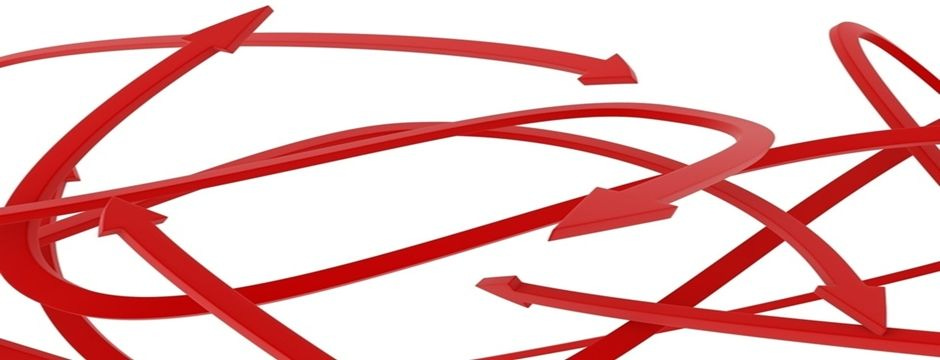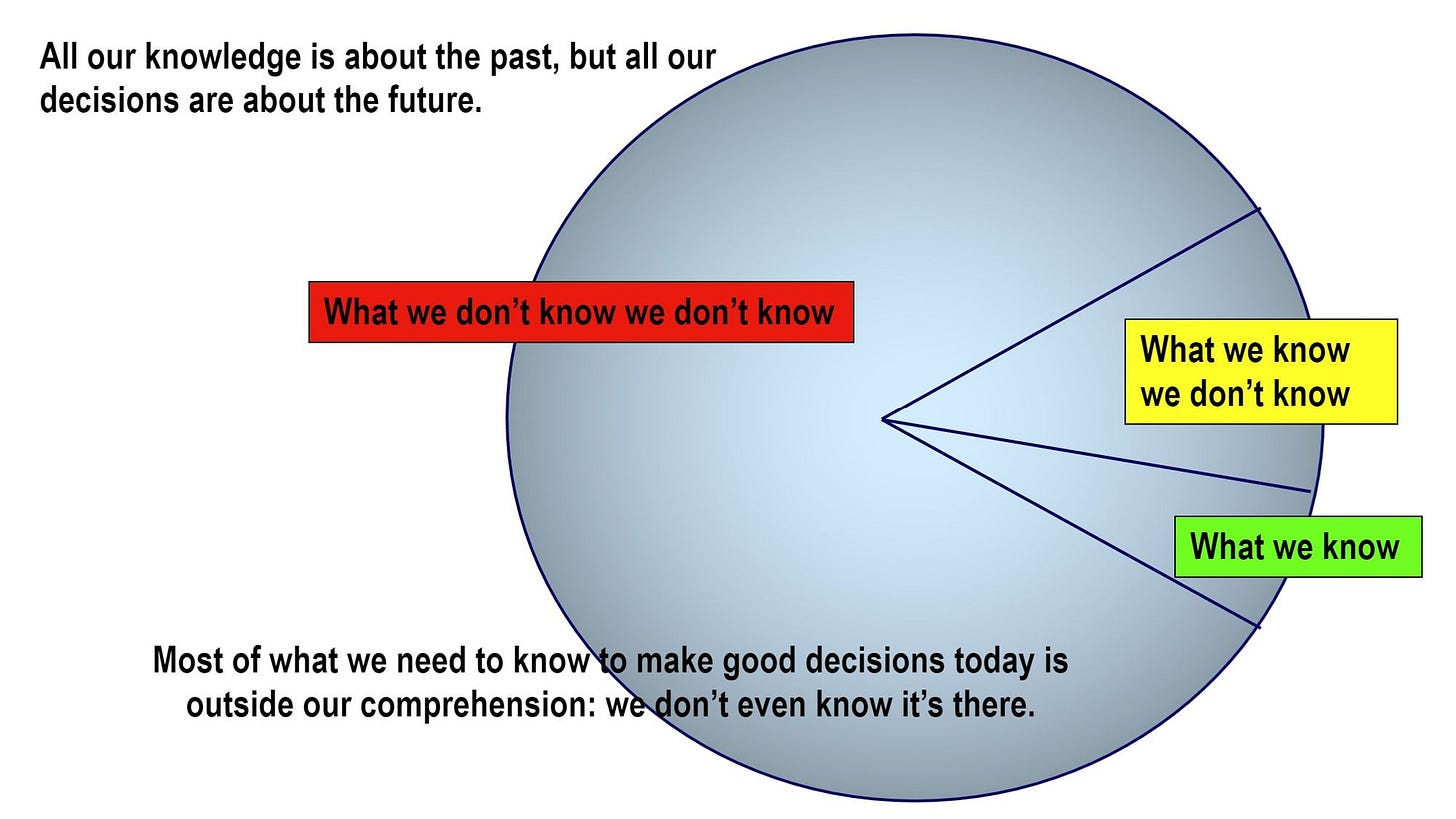Trends again
Trends shape our present and the near future, what we don't know we don't know is probably already shaping our long term futures.
A lot of futures work involves finding, analysing and interpreting trends and emerging signals of change. The finding of trends in particular is easy and is mainstream business for any number of companies today. Analysing trends - categorising them, looking for patterns across trends - is also common. Anyone can find trends and analyse them, and produce a report or a list or commentary on which trends will matter for our futures - climate change, value shifts, geopolitics, and technology of course are common choices.
Trends are often grouped into change drivers - the longer term, relatively stable forces that shape our worlds over time. The familiar STEEP and multiples variations are categories for change drivers. All important, and all critical changes we need to know about and be addressing in our work and lives. And relatively easy to interpret to identify impacts on your organisation. We are thinking about our probable and possible futures in this space. What we know we know, and what we know we don't know.
Yet trends are based on information about the past and the present. They are here with us today. They might continue into our futures - but not in the same forms we know them today, and trends never exist in isolation. The telephone has been around for a long time but the smart phones that changed our lives are not even two decades old. We assume phones of some sort will always be with us but equally, every workshop I ran surfaced the neural chip implant for learning and communication in our futures. A fantasy once, now maybe not so much.
Moving into the emerging issues space is a little less common because it's the realm of the new, what's coming, what's not yet quantified in great depth. The scientific rules for validity and credibility often don't apply (Wendy Schultz writes a good paper about this). This space deals with what we don't know we don't know and it's a space that asks us to challenge our assumptions about what's possible, and move into the what we don't know realm. I had a diagram I used in workshops for this (I adapted this from the work of Ian Wilson).
If we don't look for emerging change with as much vigour as we now seek out trends, we can and are surprised when a change becomes stronger over time and start to affect our organisations and the world. Climate change and its impact have been understood for decades, but we are still arguing about its 'reality' now. Well, some of us are.
The new is with us and finding it requires us to open our minds to the possibility that we don't know everything there is to know about change in the present. It asks us to be curious, to explore sources we previously rejected, to have open minds to the possible, not only what we accept as fact. The critical thing to do in this space is to find new ideas (maybe look for start ups and university research, fringe sources, and do undirected searching online and see where you end up). Track the emergence of these ideas over time, begin to explore possible impacts and learn how to challenge assumptions about what information is accepted and what is rejected. Some ideas will fade, but some will grow stronger.
At the core of this space is challenging assumptions - but I'm by no means the first person to point this out. New ideas challenge old assumptions depending on their openness to new things. People will disagree and ambiguity will make decision making difficult. But challenge we must. Trends shape our present and the near future, and what we don't know we don't know is probably already shaping our longer term futures.
The next time your brain tells you something new doesn't make sense, it's a good idea to stop and challenge yourself. As Jim Dator reminds us: any useful idea of about the future should at first appear to be ridiculous. Never dismiss, always explore.





